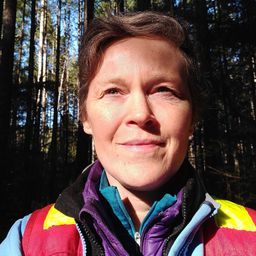A dendrochronological approach to reveal climate sensitivities and productivity of Douglas-fir in a long-term range-wide
My Session Status
In the 1970s, forest geneticists with the British Columbia Forest Service established a number of long-term provenance trials throughout the province. The Trinity Valley (TV) provenance trial was established in 1975 in the southern interior to evaluate interior Douglas-fir (Pseudotsuga menziesii var. glauca) across the species’ range. TV is a factorial experiment, where 64 populations of 4 year-old Douglas-fir seedlings were planted in a randomized complete-block design with three replicate blocks at a 3 x 3 m spacing. Our study leverages this long-term provenance trial to take a dendrochronological approach to examine the following questions: 1) to what extent do different populations differ in their climatic tolerances? 2) what trade-offs exist between population productivity and resilience to extreme events such as droughts? and 3) what will be the productivity of the populations under future climates? Of the initial 64 planted populations, 51 having sufficient survival were identified. Of these, 20 (CA=2, OR=2, WA=1, BC=15) were selected to sample the provenance climate space as widely as possible, resulting in populations from mean annual temperature ranging from 1.5 to 11.5 °C and mean annual precipitation from 391 mm to 2409 mm. Increment cores were collected at breast height in each replicate for a total of 15 trees/population. Using total, and latewood ring width, we will 1) evaluate moisture sensitivity of each population under current and future projected climate; 2) quantify the trade-off of diameter growth with resilience and resistance to drought events, particularly more recent droughts in 2003 and 2017; and 3) predict the future productivity of these populations at the test site.

Discussion